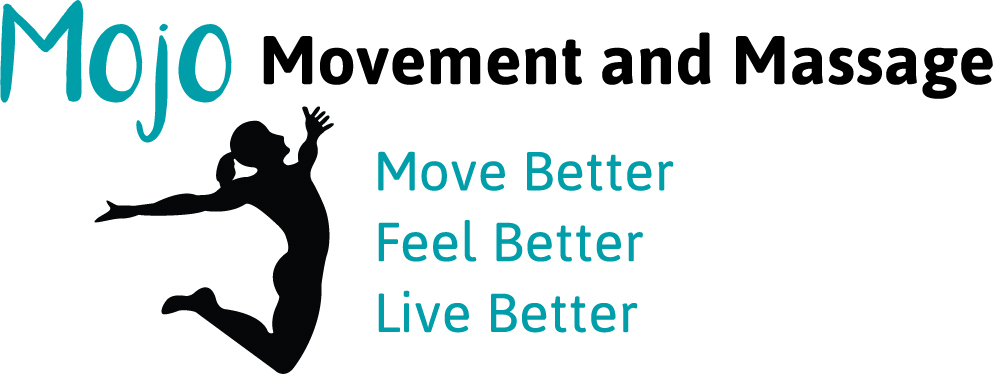“Although corrective work doesn‘t take much time to complete, only about 15 minutes, it’s probably one of the most
beneficial things we do around here. One of our main goals is to keep these guys healthy and feeling good throughout the 82-game regular season, playoffs and off-season workouts. This corrective work has allowed us to be successful with that.”
~Erik Phillips—Phoenix Suns Head Strength and Conditioning Coach
Why use Corrective Exercise and Gait Evaluation Techniques?
With so many people experiencing pain and injuries, it can feel like having aches and pains is normal.
Pain is NOT normal!
Most physical ailments are due to our modern lifestyle, activities, or injuries. The human body tends to assume and adapt to the positions and motions that we put it in on a regular basis. These adaptations also cause muscular imbalances. Any repeated motion or position will cause certain muscles to tighten and others to become stretched and weak. Muscle imbalances also lead to joint misalignments. Even a small deviation or misalignment can lead to large issues. Osteoarthritis is just one common result of long term muscle imbalances.
Corrective exercise is a method that can help a trainer to identify and correct these imbalances and keep future imbalances from occurring. By implementing an intelligent, efficient exercise program, designed to train the body to move in the best possible way, we can prevent many of the ailments people encounter and correct the issues that caused the problems to arise.
For example, many injuries such as a herniated disk in the spine can be repaired surgically or symptoms can be masked by pain medications. However, without addressing why the injury occurred, other disks are at risk of injury or degeneration. Many times the primary cause is not located in the vicinity of the injury. Many people blame weak core muscles. Although a strong core is essential, many times muscle imbalances in legs, hips or shoulders can cause small changes in the way someone walks and over time these small changes can cause uneven impact on the spine, hips and other areas leading to disk degeneration. This degeneration leaves the door open for low back pain, disk herniation and ruptures. You can fix the disk, but other disks will still be at risk if the root cause is not identified.
It is similar to a car that has an alignment issue, causing it’s tires to wear down. You can replace the tires, but if the alignment is off, the new tires will wear out just like the old ones and over time problems will show up in other areas of the car as well. Similarly, a misalignment in one area of the body can cause problems elsewhere in the body.
Evidence of Why We Need Corrective Exercise
- In the United States, approximately 90 percent of adults experience back pain at some time in life, and 50 percent of persons in the working population have back pain every year. As many as 90 percent of patients with acute back pain return to work within three months, but many experience symptom recurrence and functional limitations. 60-80% of the general population has had low back pain and 80% of adults have musculoskeletal degeneration in the lower back. Another 65% of the population will experience neck pain. ~American Academy of Family Physicians, www.aafp.org
- Shoulder impingement is the most prevalent diagnosis accounting for 40-65% of reported shoulder pain. The persistent nature of shoulder pain may be the result of degenerative changes to the shoulders capsuloligamentous structures, articular cartilage, and tendons as the result of altered shoulder mechanics. ~NASM Essentials of Corrective Exercise Training, Lippincott Williams & Wilkins, Sep 25, 2010
- According to the agency for healthcare, research and quality, more than 285,000 total hip replacements are performed each year. 25% of hip fracture patients die within one year. Balance training and exercises decrease the chance of falling and experiencing hip fractures.
- An estimated 80,000-100,000 ACL injuries occur each year with approximately 70-75% being non-contact injuries. ACL injuries have a strong correlation with arthritis.
- Other common knee problems such as Patella Femoral Sydrome and Ligament Injuries cost $2.5 billion/year.
- Plantar Fasciitis accounts for more than 1 million doctor visits each year.

![structural-mangmnt-figures[1]](https://feelthemojo.com/wp-content/uploads/2014/12/structural-mangmnt-figures1.gif)

